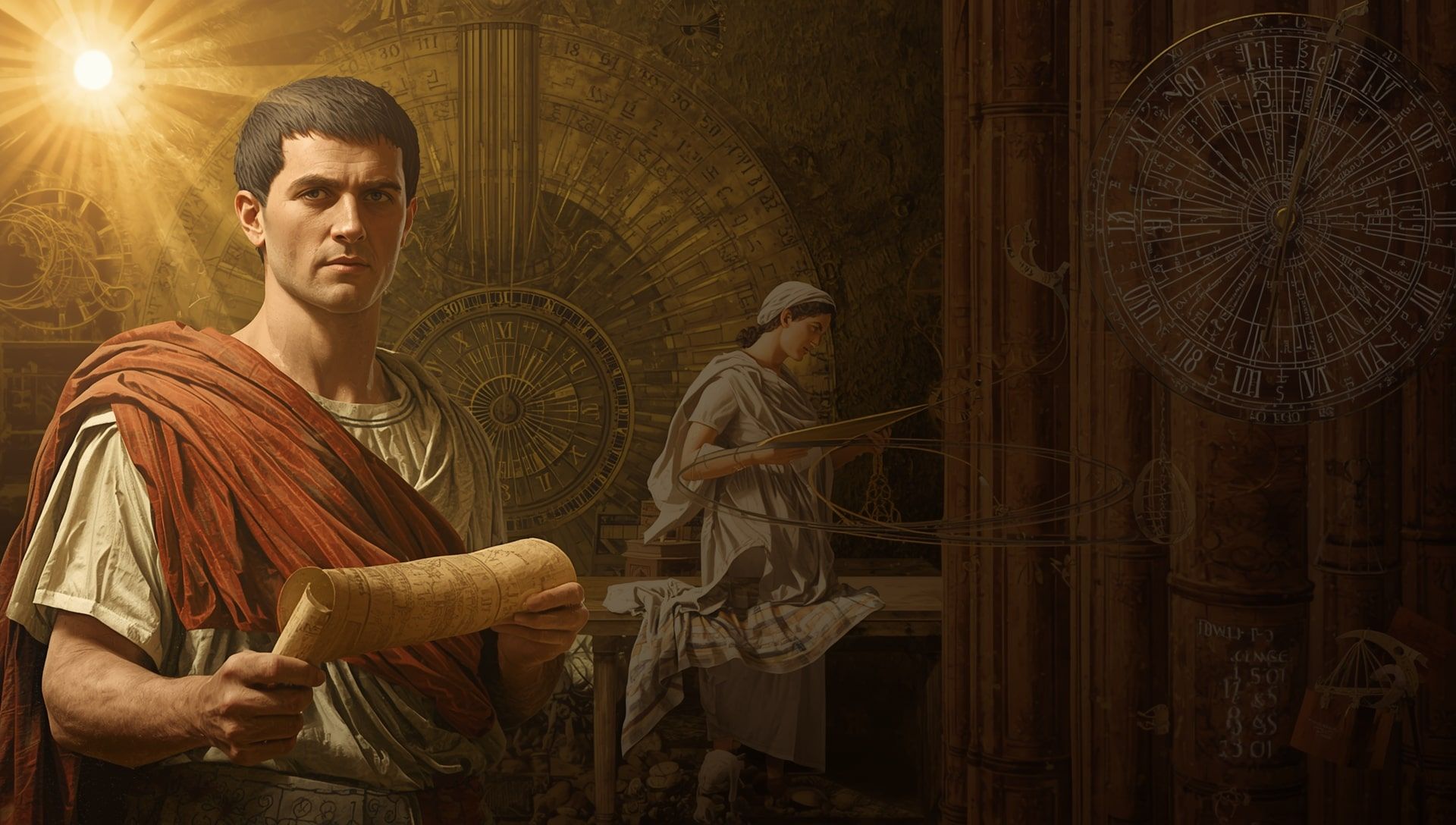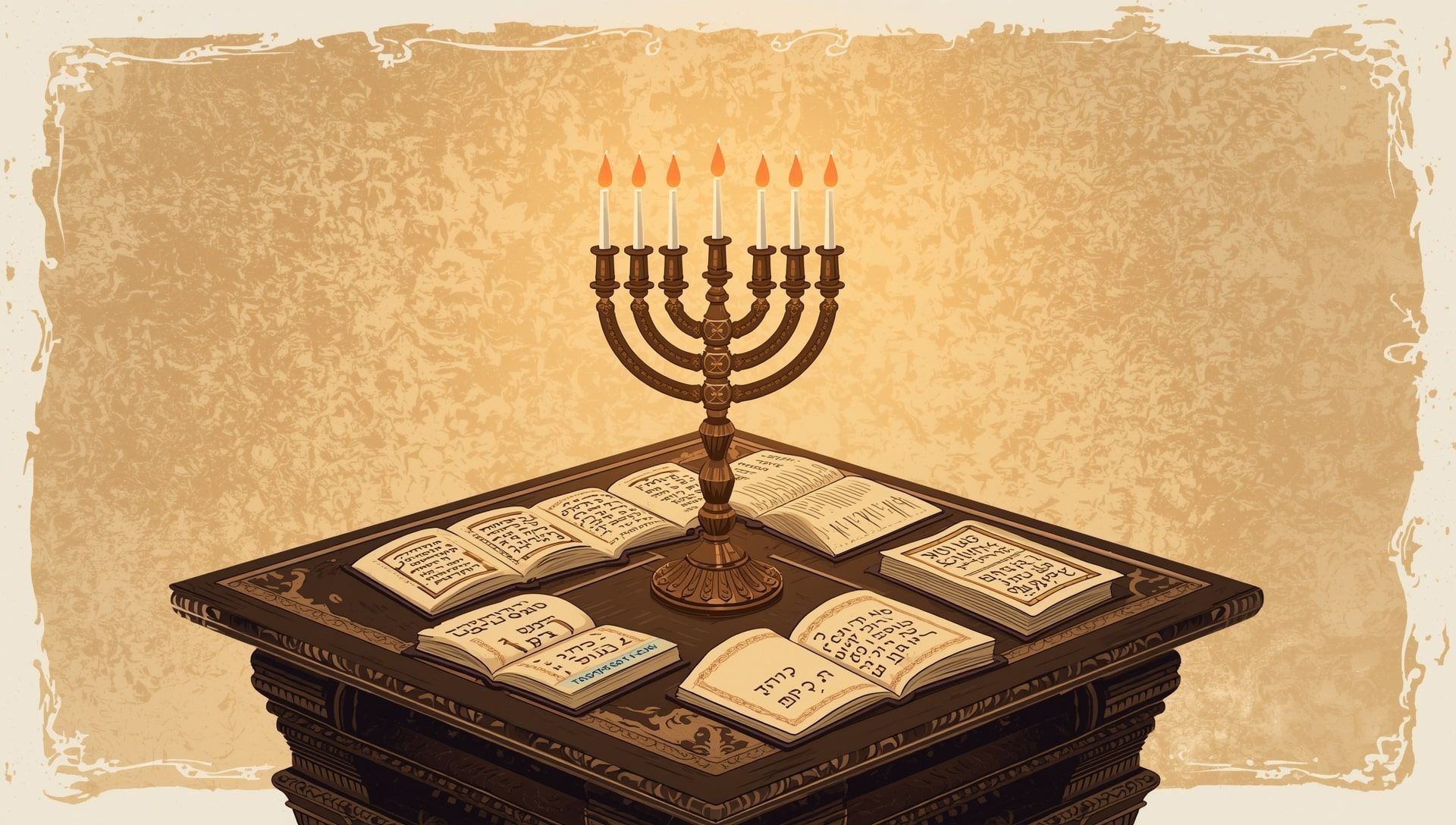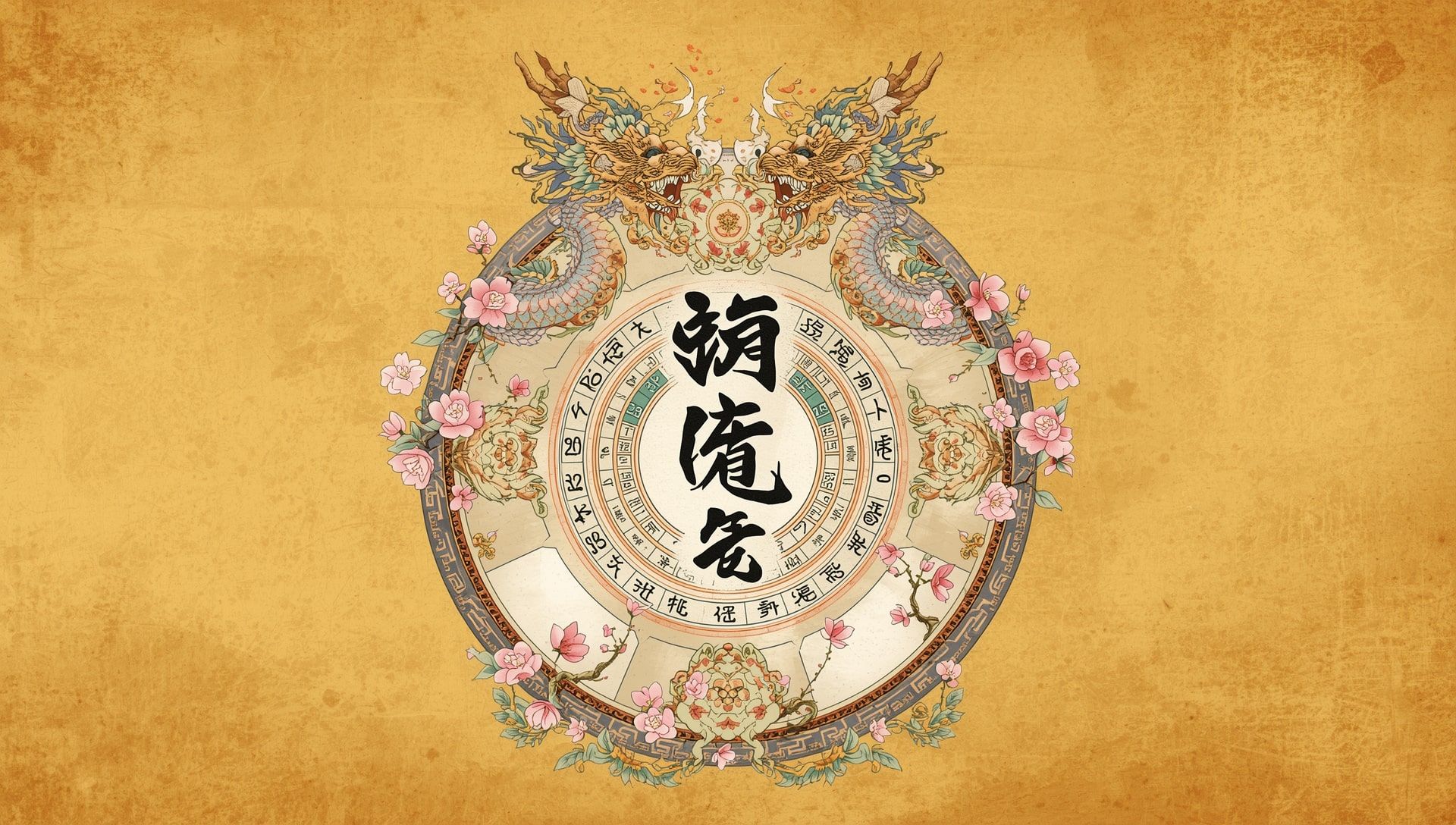- The Earth takes about 365.2422 days to orbit the Sun, not exactly 365.
- Leap years add one extra day every four years to balance this difference.
- The Gregorian calendar fine-tuned the leap year rule for long-term accuracy.
- Without leap years, seasons would slowly drift out of sync with the calendar.
The calendar you use every day is a delicate piece of cosmic engineering. It might look simple on paper, but keeping it in step with the movements of Earth and the Sun is a constant balancing act. Every four years, we add one extra day to February to fix a small but steady mismatch. This correction, known as a leap year, keeps our seasons and dates from sliding out of sync over time.
The Real Length of a Year
A common year has 365 days, but the Earth’s journey around the Sun actually takes about 365 days, 5 hours, 48 minutes, and 46 seconds. That extra fraction of a day adds up. If ignored, it would slowly throw off our sense of time. Within a century, seasons would shift by almost 25 days. Imagine celebrating summer holidays in freezing weather, or winter festivals under blazing heat. The leap year exists to prevent exactly that.
By adding a full day every four years, we make up for the leftover hours. This keeps our calendar aligned with the solar year, the time it takes Earth to complete one orbit around the Sun.
If we never added leap days, the calendar would drift by one full day every 128 years. In 700 years, July would start in what should be winter in the Northern Hemisphere.
How Leap Years Began
The idea of adjusting the calendar is older than you might think. Ancient civilizations noticed that the year didn’t fit perfectly into whole days. The Egyptians, among the first to use a solar calendar, added a leap day every four years to keep the Nile floods in sync with the seasons.
When Julius Caesar reformed the Roman calendar in 45 BCE, he adopted a similar system. The Julian calendar had a year of 365 days and one leap day every four years. It worked well at first, but it slightly over-corrected. The true solar year is about 11 minutes shorter than 365.25 days, and those extra minutes began to add up.
The Gregorian Correction
By the 1500s, the Julian system had drifted about 10 days away from the seasons. This was a big problem for the Church, which used the spring equinox to calculate the date of Easter. Pope Gregory XIII decided to fix it. In 1582, he introduced the Gregorian calendar, which remains the international standard today.
The Gregorian reform refined the leap year rule: a year is a leap year if it’s divisible by 4, except for century years (like 1700, 1800, or 1900) unless they are also divisible by 400. This small tweak balanced out the overcorrection of the Julian system.
| Rule | Example | Leap Year? |
|---|---|---|
| Divisible by 4 | 2024 ÷ 4 = 506 | Yes |
| Century year not divisible by 400 | 1900 ÷ 400 = 4.75 | No |
| Century year divisible by 400 | 2000 ÷ 400 = 5 | Yes |
If a year ends with two zeros, check whether it’s divisible by 400. If it is, it’s a leap year. If not, it’s a regular year.
Why February Gets the Extra Day
Every four years, we add February 29 to balance time. But why February? The answer lies in Roman history. The original Roman calendar began in March and ended in February. Julius Caesar kept that structure when revising it, placing the leap day at the end of the year. Even after January became the first month, the extra day stayed in February, the shortest month.
That’s why leap years feel odd, with February suddenly stretching from 28 to 29 days. It’s a historical quirk that stuck around for over two thousand years. You can visualize how this affects the yearly cycle by using a calendar view that highlights leap days.
The Math Behind Leap Years
Here’s how the rule works in practice. Each common year has 365 days, while a leap year has 366. Adding one day every four years averages the year length to 365.25 days. The Gregorian correction, skipping most century leap years, brings that average down to 365.2425 days, which is incredibly close to the real solar year of 365.2422. This level of precision means the calendar only gains one day of error every 3,200 years.
- A leap year occurs every four years, except most century years.
- The year 2000 was a leap year; 1900 and 2100 are not.
- The Gregorian calendar is accurate to within one day in over three millennia.
- Leap days keep the calendar synchronized with Earth’s orbit and seasons, ensuring events like annual festivals remain in their proper seasons.
How Leap Years Affect Everyday Life
Leap years affect more than just calendars and trivia. They influence finance, agriculture, and even technology. Businesses with annual contracts must account for an extra day of work or payment every four years. Farmers rely on precise seasonal timing for planting and harvesting. Even digital systems depend on correct leap year coding to avoid errors in date-based calculations.
There have been real-world problems caused by leap year mistakes. In 2012, some software systems crashed because programmers forgot to include February 29. Airlines, banks, and web services briefly experienced failures simply because of one missing day in their code. Tools like timers and digital clocks also rely on these calculations to stay accurate.
What Happens If We Didn’t Have Leap Years
Without leap years, our calendar would slowly drift away from the Sun’s cycle. Each year, the seasons would start earlier according to the calendar. In about 700 years, summer would occur in December in the Northern Hemisphere. Festivals tied to seasonal events, like Easter or harvest celebrations, would lose their meaning.
Our ancestors noticed this drift long before modern astronomy could explain it. The need to keep time aligned with nature led to centuries of observation, reform, and innovation in calendar design. Leap years are the simplest and most elegant solution humanity has found to match the heavens with human schedules.
Other Leap Systems Around the World
While the Gregorian calendar dominates globally, other calendar systems have their own methods of correction. The Islamic calendar, for instance, is purely lunar and does not use leap days, which means its months drift through the seasons. The Hebrew and Chinese calendars, both lunisolar, add a whole leap month roughly every three years to stay aligned with the solar year.
These different systems show that every culture has faced the same problem: the natural cycles of Earth and Moon never fit neatly into whole numbers. Leap years, or leap months, are the way humans make peace with that imperfection.
The Leap Year as a Symbol of Balance
Leap years are more than mathematical adjustments. They are reminders that even in our precise systems, nature resists perfect order. Time doesn’t fit neatly into grids or squares on a page. It bends and shifts with the universe. The leap day we add every four years is our way of keeping pace, a nod to the living rhythm of the Earth.
That extra day might seem small, but it’s what keeps your birthday in the same season and your holidays in the right weather. It’s a subtle but powerful act of synchronization between humanity and the cosmos, much like how global world clocks coordinate time across regions.
How the Calendar Stays in Harmony
The leap year system shows how deeply calendars connect us to nature. It bridges astronomy, history, and culture in one elegant adjustment. From ancient Egypt to modern computers, the idea remains the same: the calendar is our shared agreement with time.
Next time February 29 appears on your calendar, take a moment to appreciate it. That extra square isn’t just another day, it’s a small miracle of precision that keeps our world running on time, supported by countless systems that rely on accurate time mapping.









